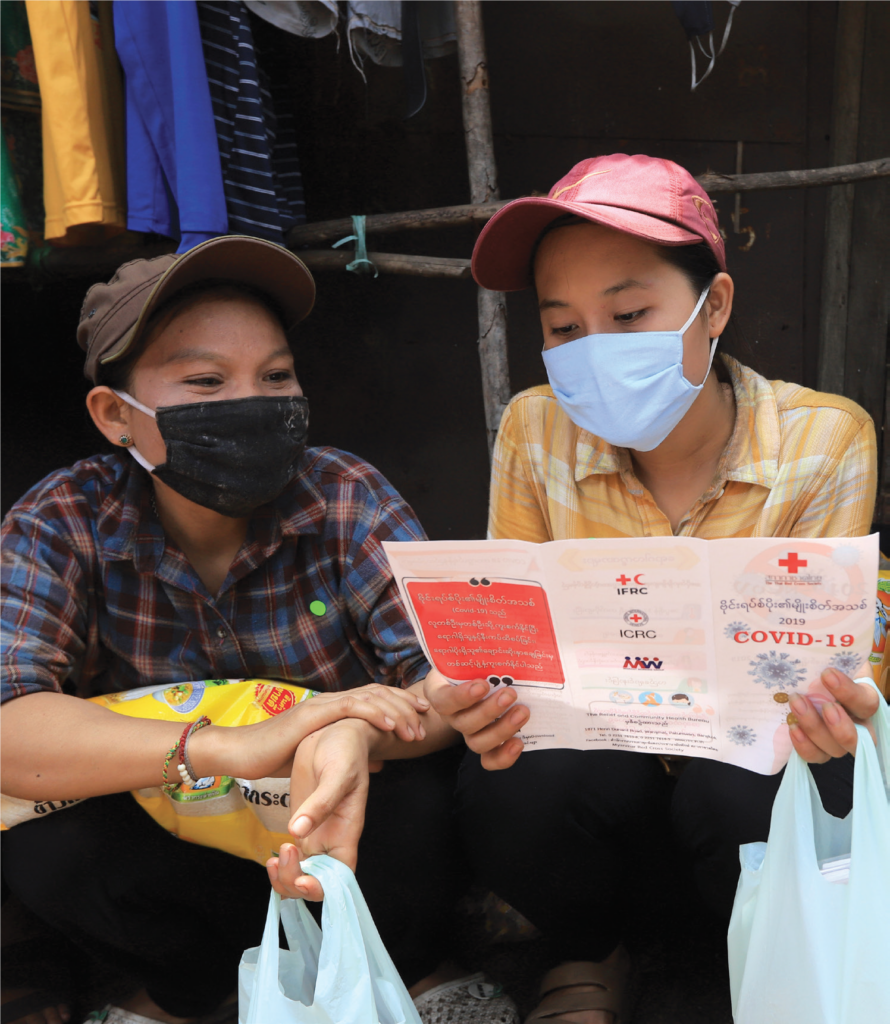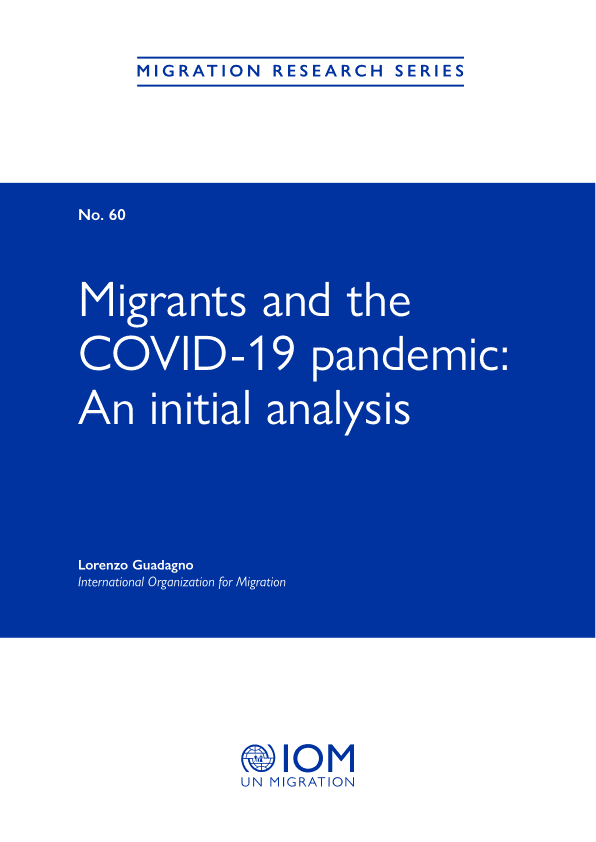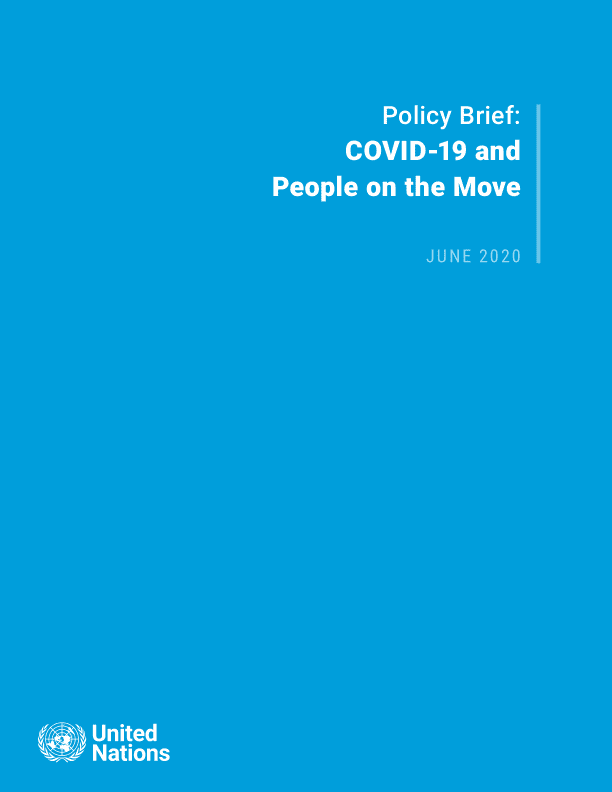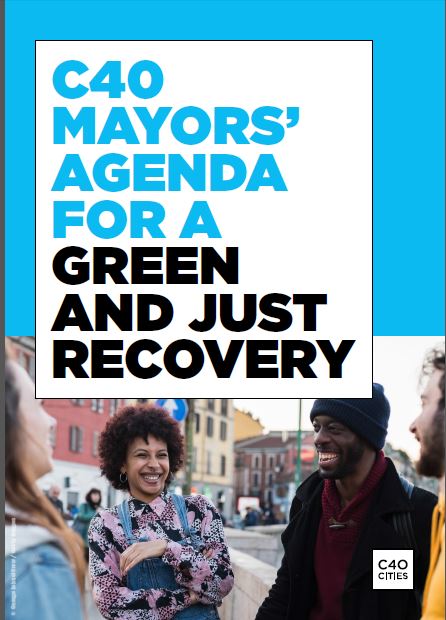Responding to COVID-19 In Urban Environments
National-Society-Response-to-Covid-19-in-Urban-Areas-Final Literature-Review-Learning-on-Epidemics Learning from Local Responders to Guide Future Epidemic & Pandemic Responses in Urban Areas This study on Responding to COVID-19 in Urban Environments was commissioned by the German Red Cross through funding from the German Federal Foreign Office. This report forms the final of two outputs produced for the study. The first was […]
Responding to COVID-19 In Urban Environments Read More »





